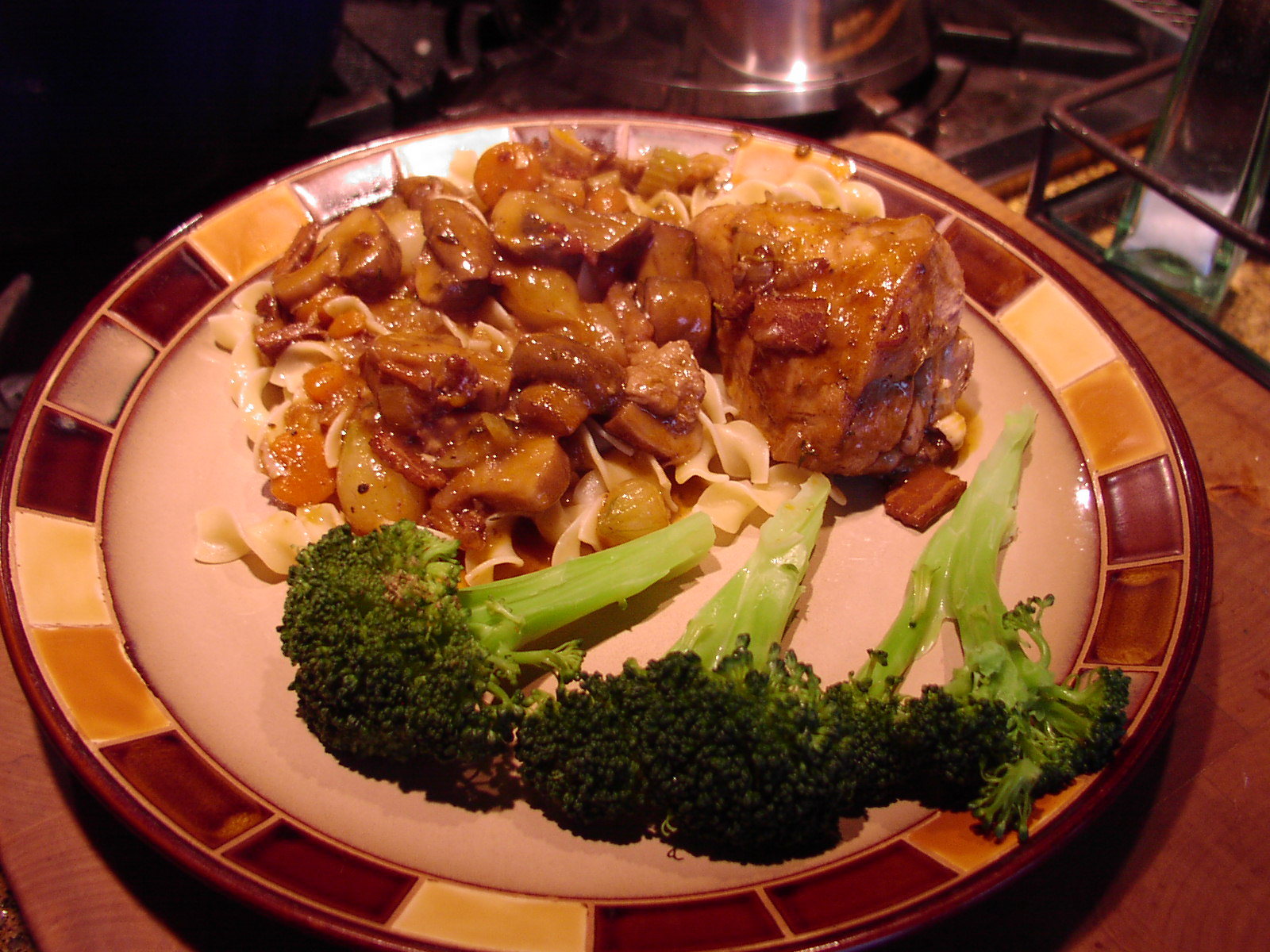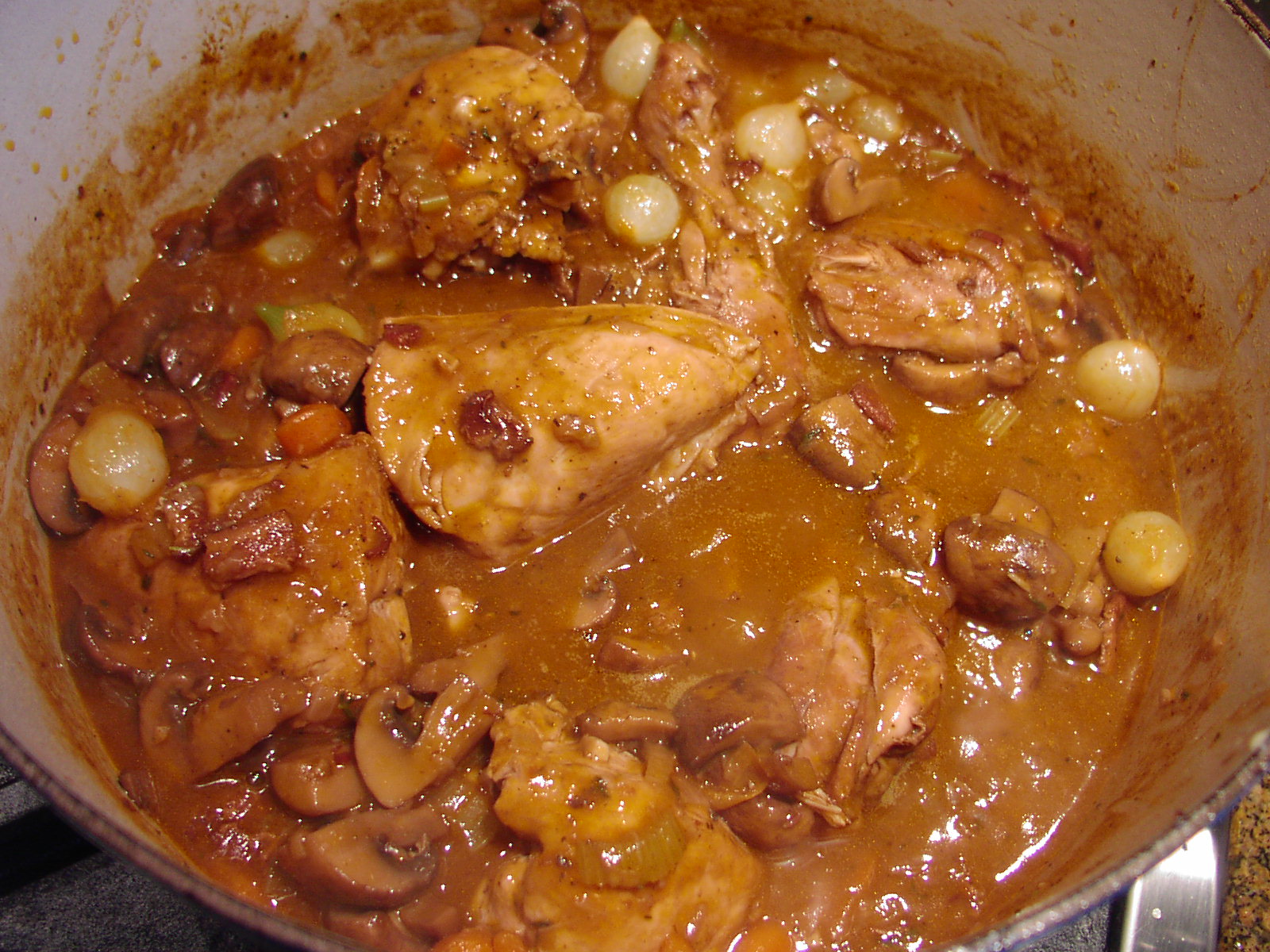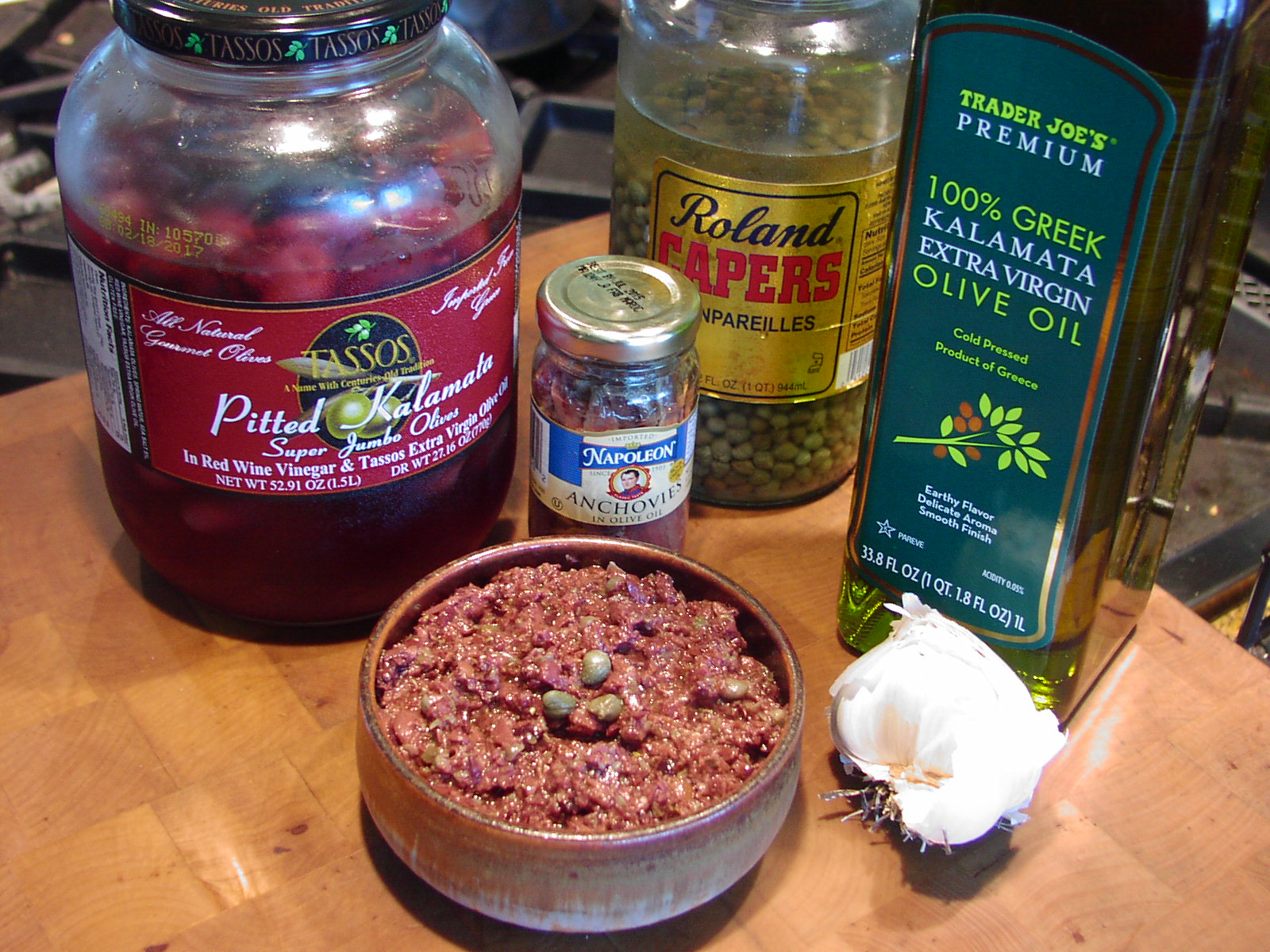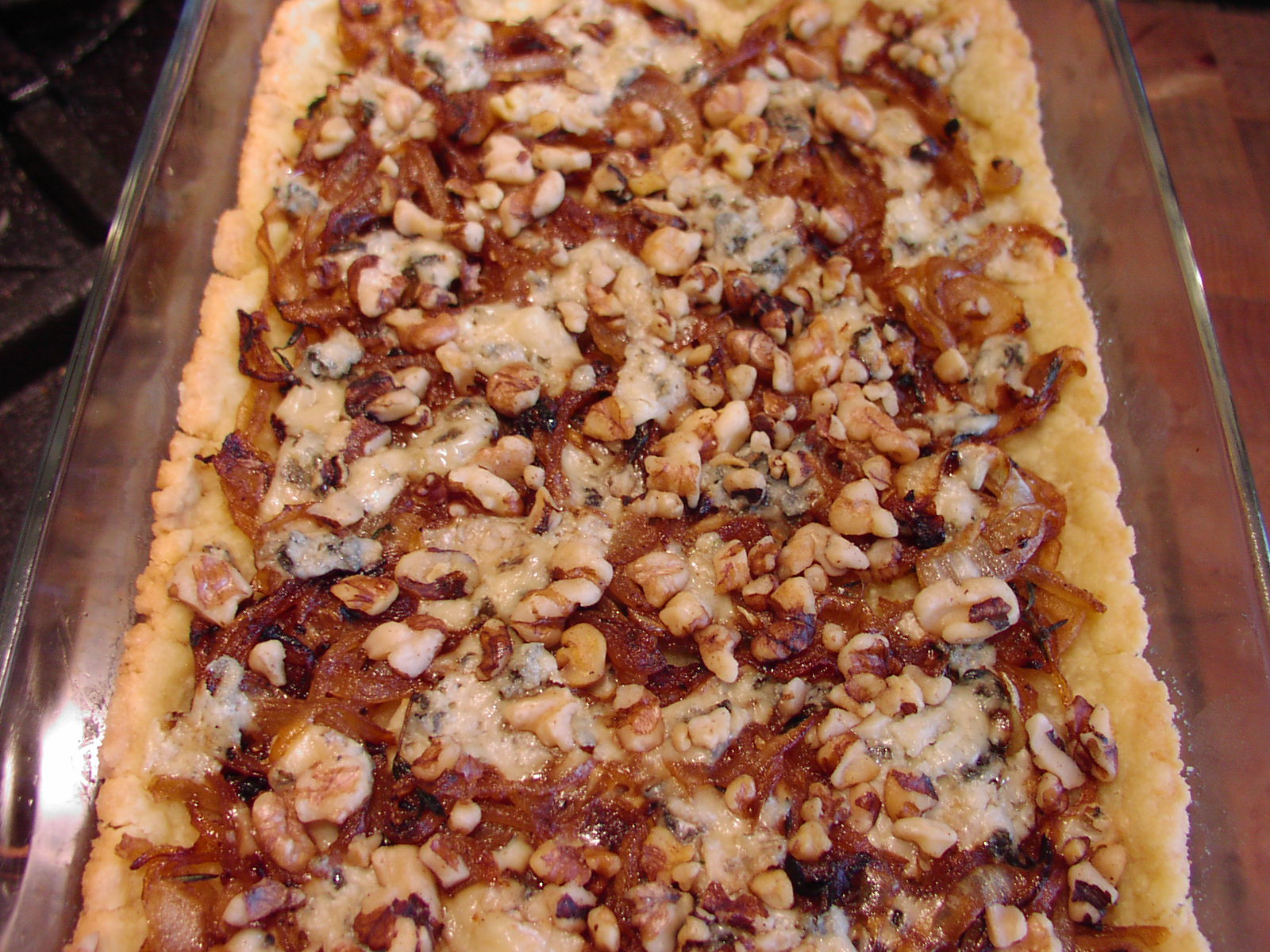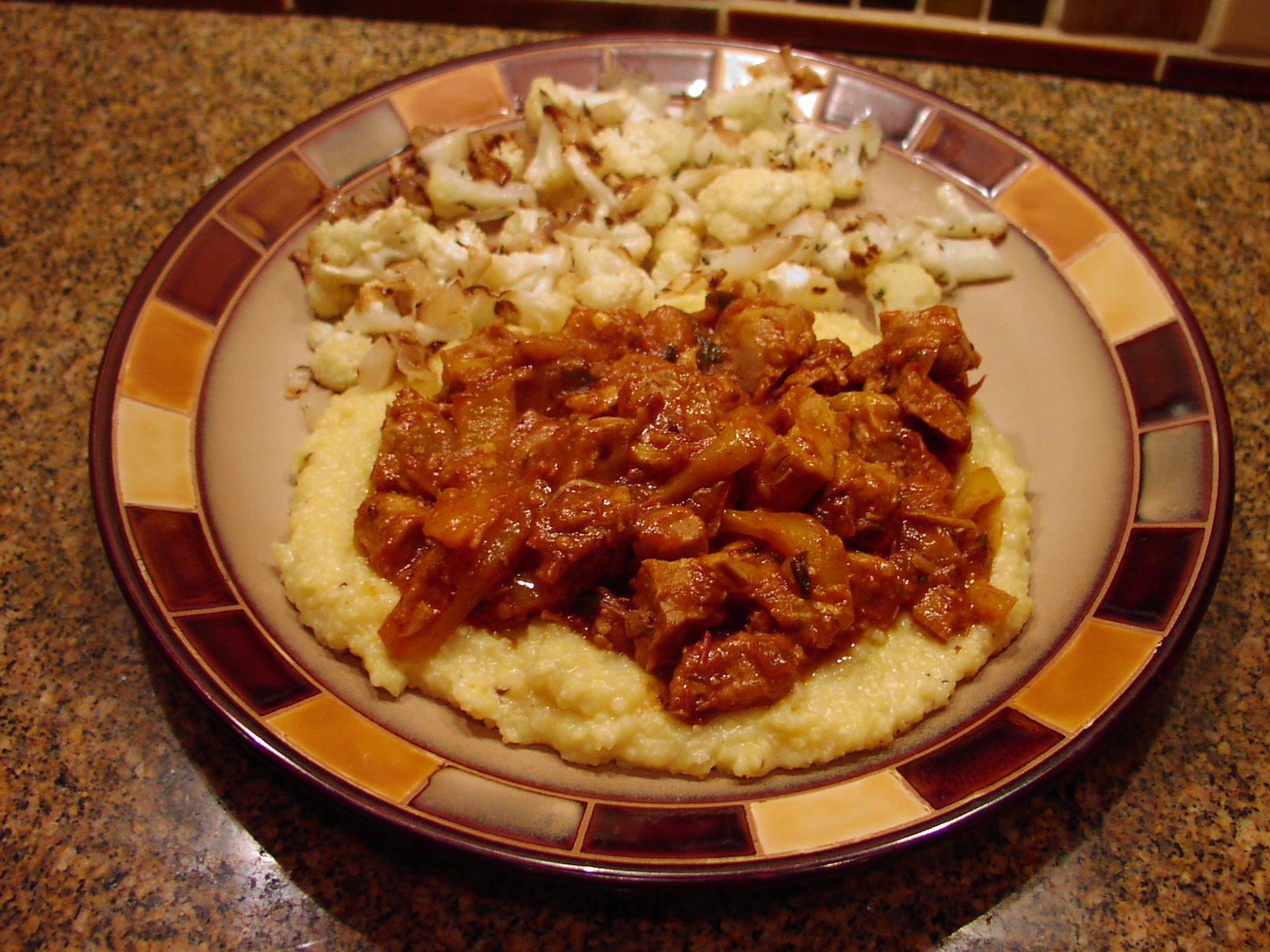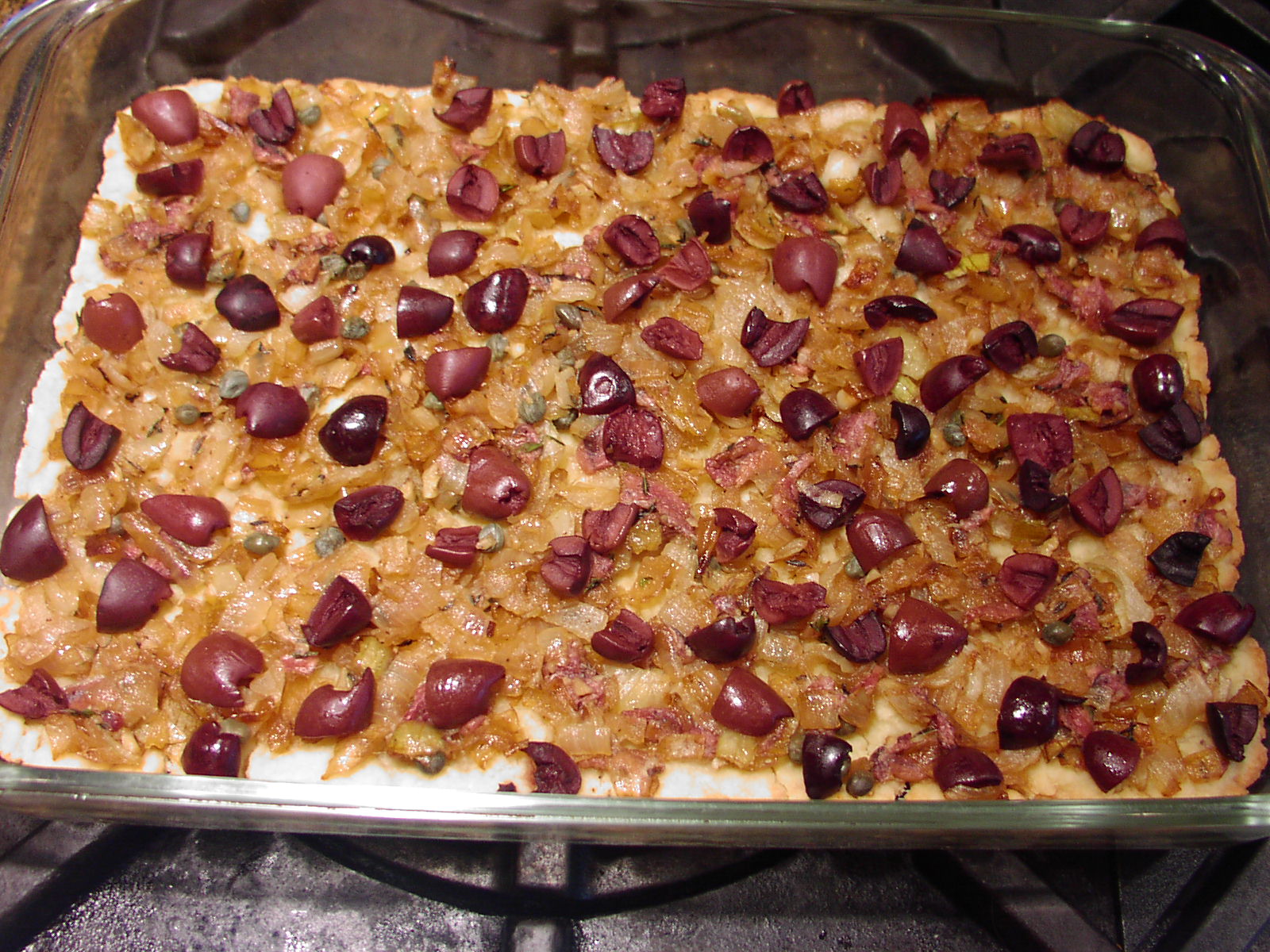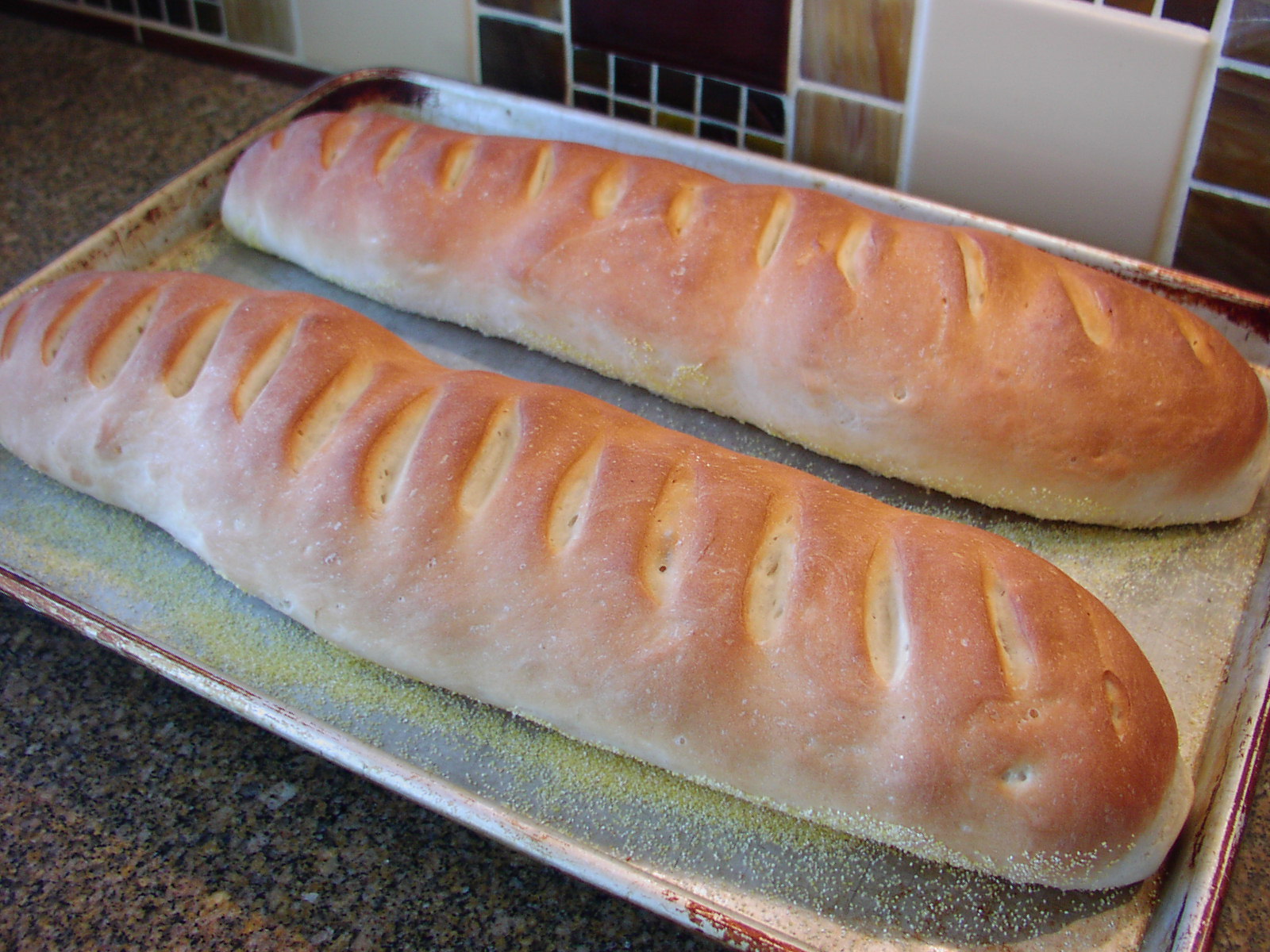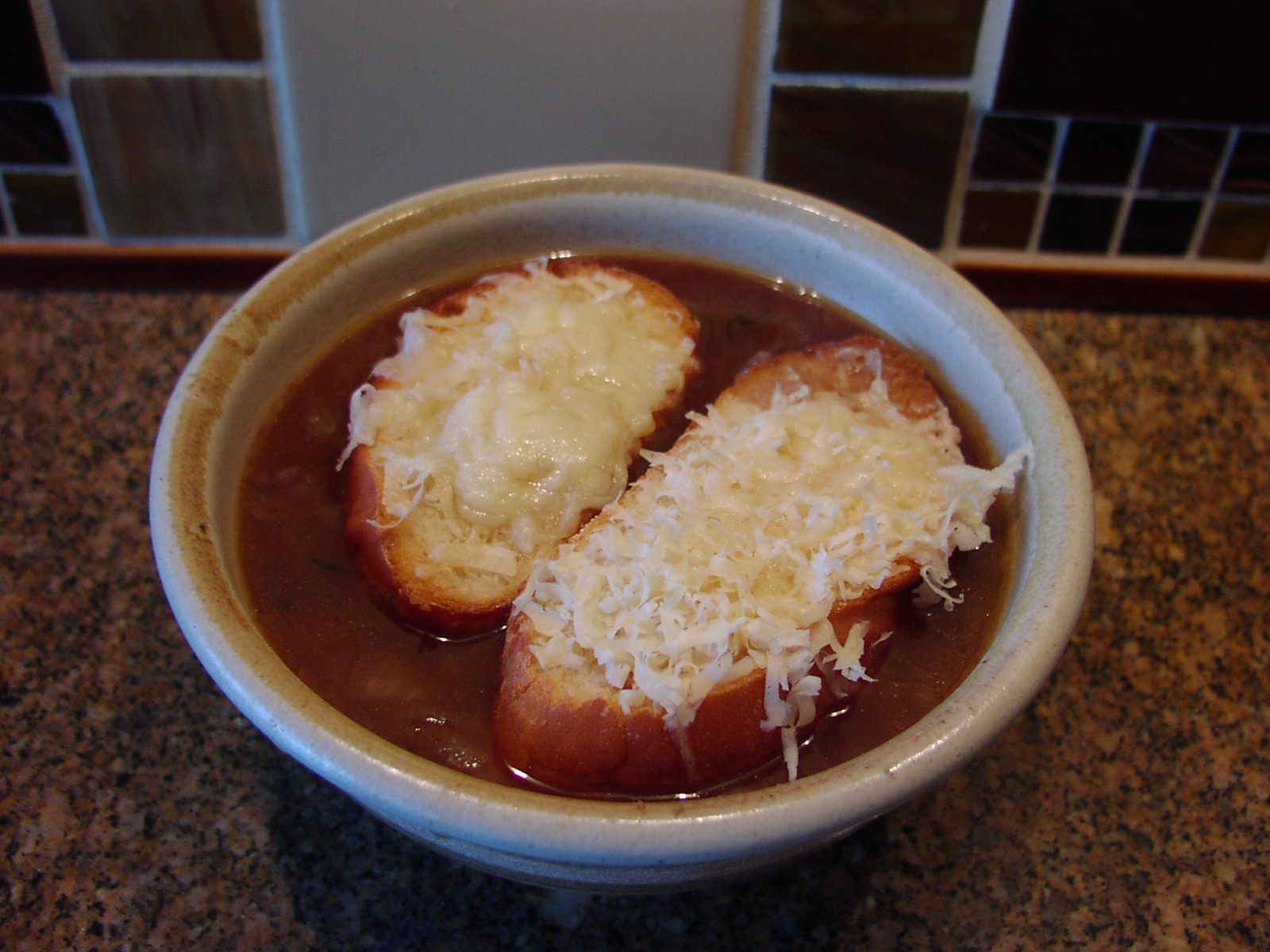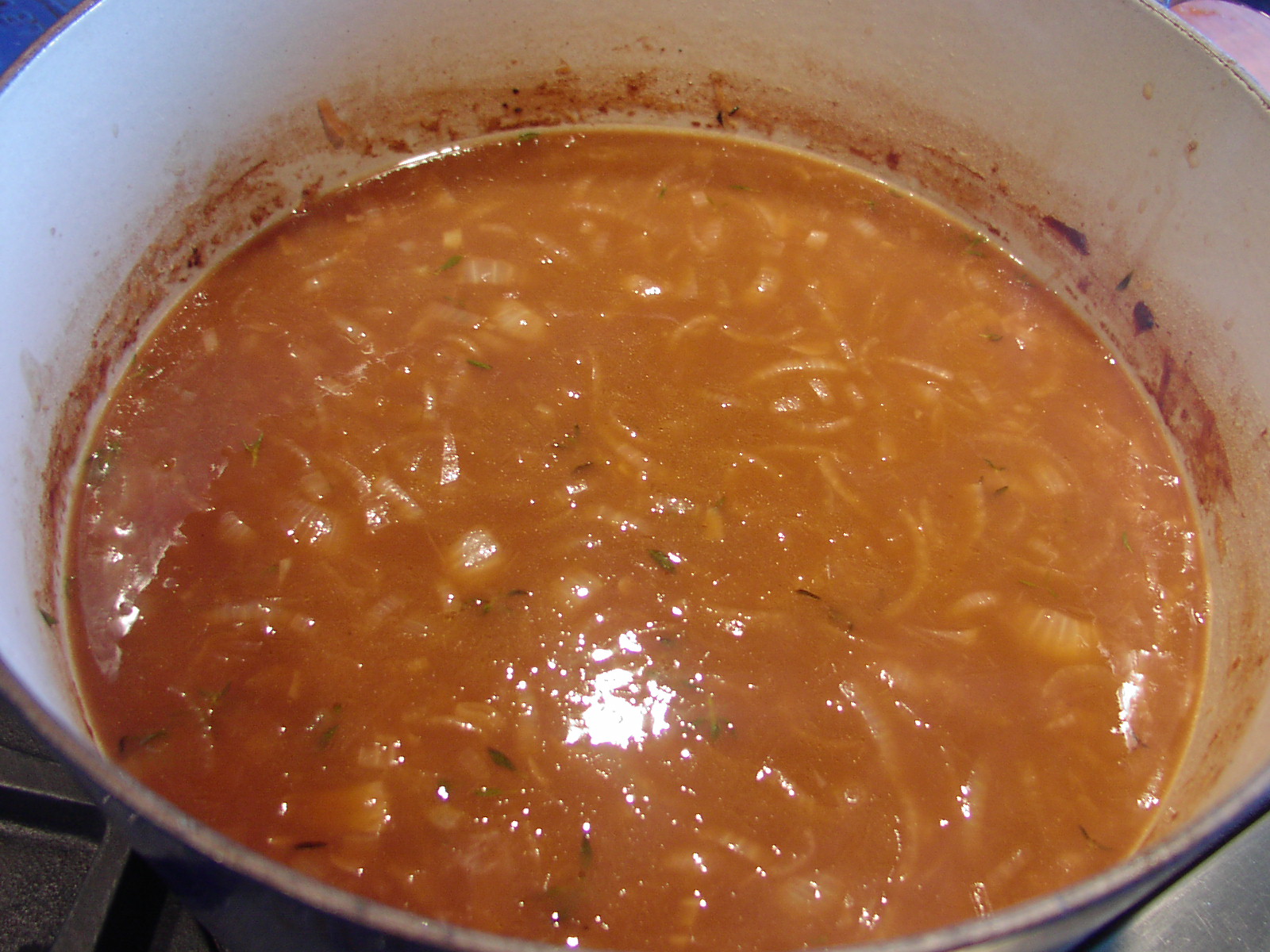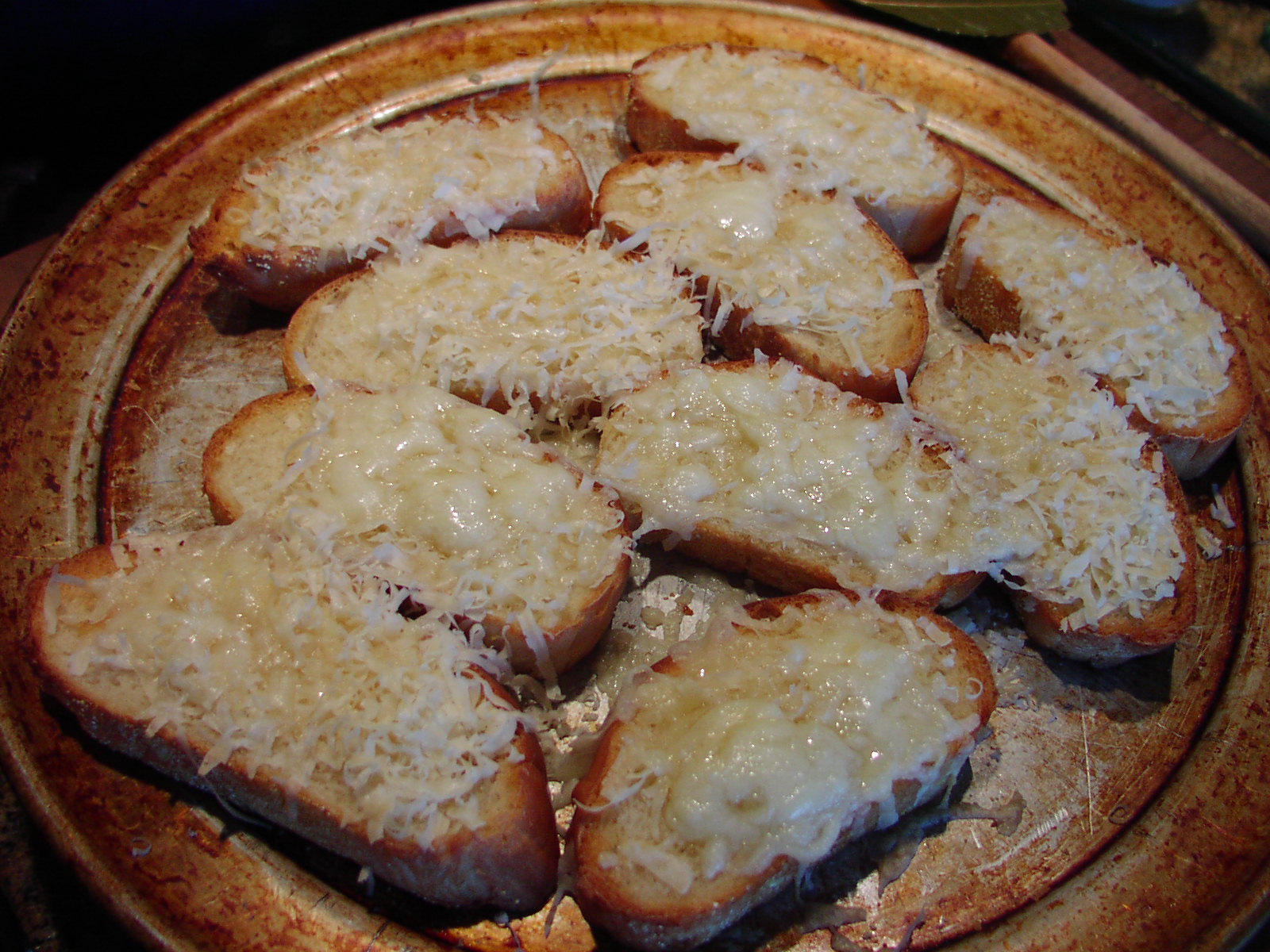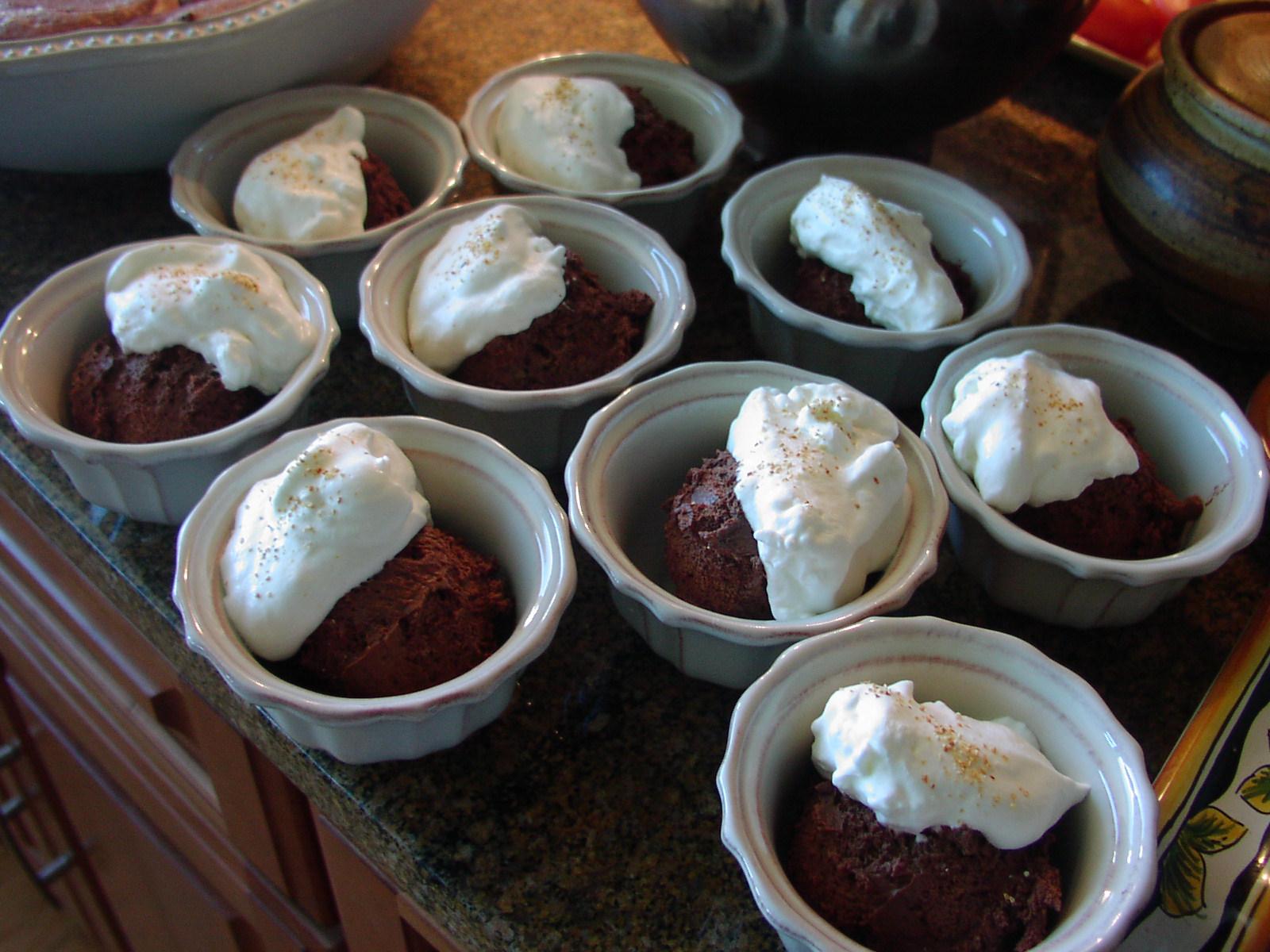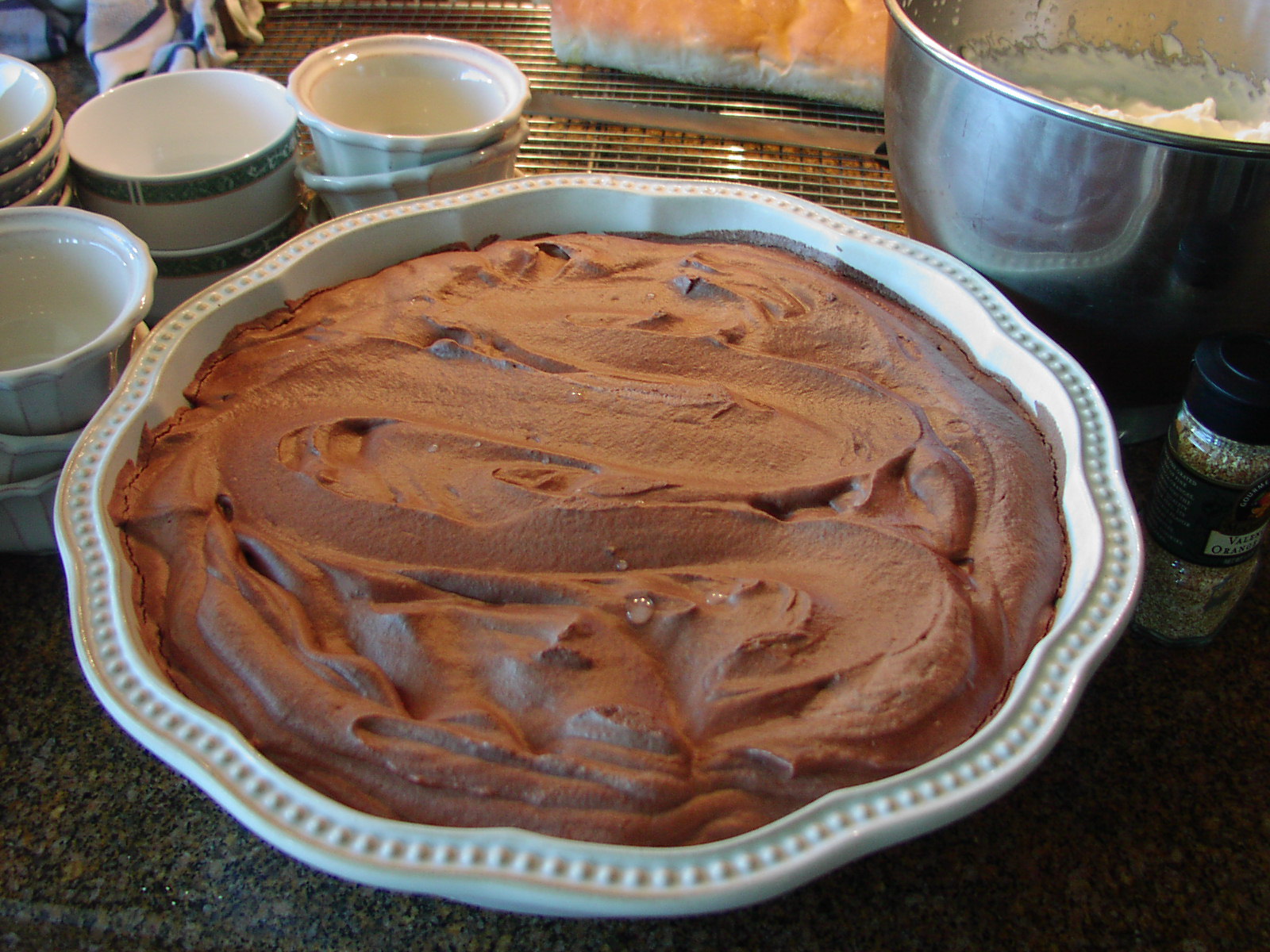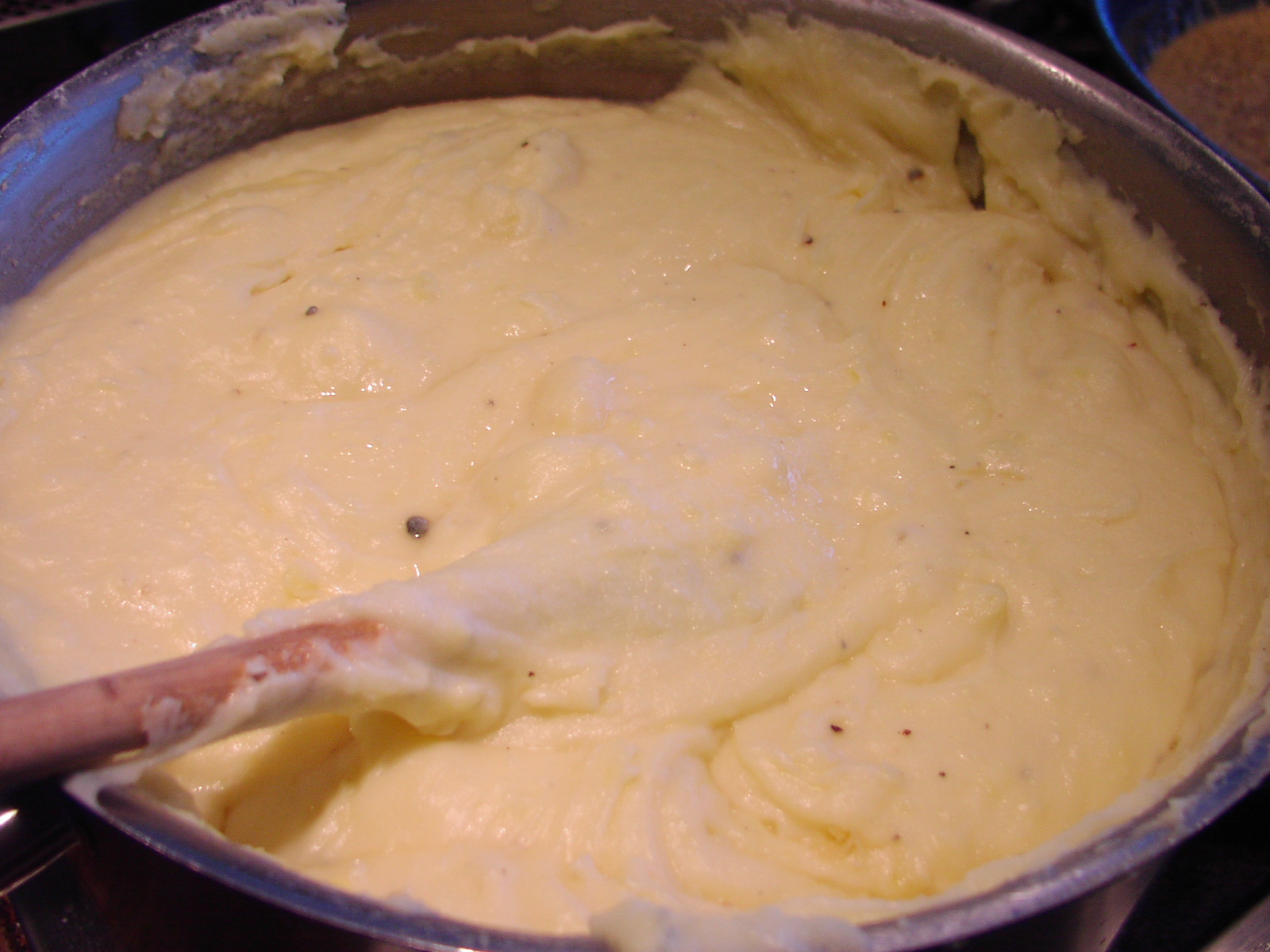Coq au Vin (literally rooster with wine) is traditionally made with a capon (a castrated domestic cock fattened for eating). Now, I don’t know about your local grocery store, but I can tell you for certain that the meat department manager at our local store would laugh hysterically if I asked him to please cut up a capon for me. After he got his laughter under control, he’d probably ask me if I’d also like a slice of Pâté de Foie Gras. And then he’d undoubtedly have another good laugh at my expense!
And truly, who’s to blame him. Grocery stores only carry what they know their customers want. (I learned that in Economics 101!) So if there is no demand for a product like capons, the store isn’t going to carry them. Simple as that!
Allow me to tell you a true story involving our local market and kale.
We were unable to locate kale on one of our first trips to the local IGA after we moved into our new home on Camano Island. Finally I asked a young man who worked in produce if they were out of kale or were we just blind? He looked at us as if we had just inquired about the locally grown pineapples we had heard about. He then politely asked us “what is this thing called kale”? (Obviously the kid was a jazz lover!) We told him and he assured us that the store did not carry any such product. We went on our merry way, a little flabbergasted, but aware that we weren’t in Bellevue any more. (I knew then how Dorothy felt when she realized she was no longer in Kansas.) A few minutes later, still in the store but several isles away from produce, the young man came running up to us carrying a nice looking head of kale. I said to him, oh, you do carry kale after all. He said, well no not really. It’s only used to go under platters in the deli case! I looked at Mr. C, he looked at me, and we both said at the same time, but can’t you sell us a bunch? He said he’d be right back, and headed back to the produce manager. We followed him and we got our kale. And ever since, kale has been available to one and all.
So the moral of this story is – if there is a product you need that your market doesn’t carry, talk to them about it. Several items over the years that I have inquired about have mysteriously appeared on the shelves next thing I knew. The other moral of this story – unless you live near an upscale market that carries capons, make this dish with plain old chicken. You’re the only one that need know that the dish rightly should then be called “Poulet au Vin”.
(And no, I’m not going to mention capons to our meat department manager. He’s already frustrated with me because I couldn’t understand why the store didn’t carry French garlic sausages or salt pork needed for a cassoulet I was about to prepare.) Oh well, I need to pick my battles carefully. And capons are not worth fighting over. Duck breasts, on the other hand, are worth going to the mat over. Wish me duck, I mean wish me luck on that one!
Stay tuned for my cassoulet recipe.
- ¼ c. extra virgin olive oil
- 1 (3-4) lb. whole chicken*
- kosher salt
- freshly ground black pepper
- 1/3 c. flour
- 4 oz. thick meaty bacon, cut into 1/3rd-inch pieces
- 2 stalks celery, diced
- 1 medium sized onion, diced
- 2 carrots, chopped
- 2 cloves garlic, minced
- 1 lb. cremini or button mushrooms, quartered (actually half and half is great)
- ¼ c. Cognac or brandy
- 2 T. tomato paste
- 1½ c. Gamay Beaujolais or Pinot Noir (from the Bourgogne (Burgundy) wine region in France)
- 2 c. chicken stock or more as needed
- 2 small bay leaves
- 2 tsp. chopped fresh thyme
- 4 oz. pearl onions (I use frozen)
- 1 T. butter, room temperature, if needed
- 1 T. flour, if needed
- 2 T. chopped fresh parsley
*or 8 chicken pieces of your choice
Cut up the chicken. For this recipe use the legs, thighs, and breasts, each cut in half. Remove the skin and any excess fat. Reserve the back and wings for soup stock.
Pour the olive oil into a large, covered Dutch oven and bring to a medium-high heat. Pat the chicken pieces dry and sprinkle generously with salt and pepper. Place the flour in a zip lock bag, add the chicken, and shake until every piece is nicely floured. Carefully place the chicken in the hot oil. When the first side is a light golden brown, carefully flip and fry until it too is golden brown. Transfer the chicken pieces to a bowl and set aside.
Reduce the heat to medium and add the bacon. Fry the bacon until it is brown and crispy. Add the celery, onions, and carrots; cook until the veggies are starting to caramelize, about 10 minutes. Add the garlic and cook for 1 minute. Add the mushrooms and cook for 4 to 5 minutes. Remove the pot from the stove, add the Cognac, return pot to heat and stir until the Cognac has all but disappeared. Add the tomato paste, wine, chicken stock, bay leaves, and thyme; stir to combine. Adjust seasonings. Bring the mixture to a high simmer; reduce heat slightly and let burble uncovered for 10 minutes.
Add the legs and thighs; partially cover the pan; simmer for 20 minutes. After the legs and thighs have simmered for about 20 minutes, turn the pieces over and add the 4 breast pieces, plus any juices that have accumulated in the bowl. Check the level of liquid and add more chicken stock if the sauce appears dry. Partially cover the pan and simmer for another 15 minutes or until all the chicken pieces are thoroughly cooked.
Remove the chicken from the pan and discard the bay leaves. If the sauce is on the thin side, mash 1 tablespoon room temperature butter and 1 tablespoon flour together and gently stir into the sauce. Let burble at least 5 minutes. When the sauce is the perfect consistency, add the chicken pieces and pearl onions to the pot. Let simmer for 3-4 minutes. Adjust seasoning again and add parsley just before serving. Serve with egg noodles or mashed potatoes.

